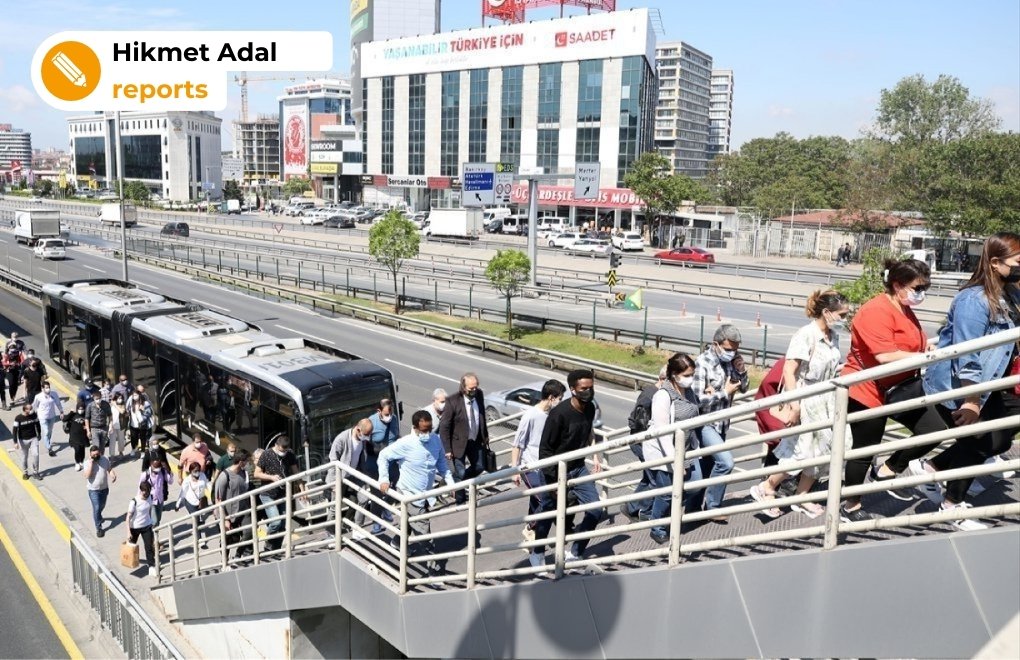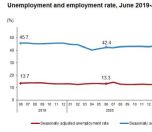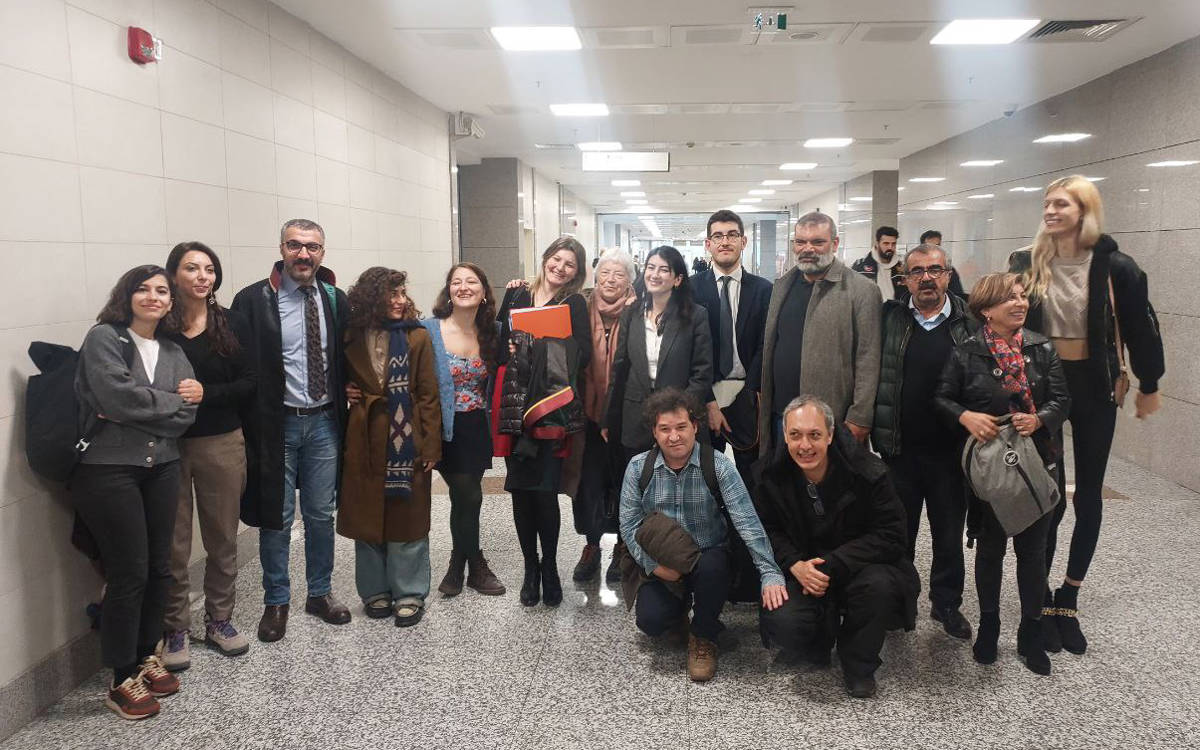Photo: AA/File
Click to read the article in Turkish
The share of people outside the labor force increased in Europe last year due to the Covid-19 pandemic, according to a new report by the European Statistical Office (Eurostat).
People outside the labor force means people in the working-age group who are neither employed nor looking for work. Those who are not looking for a job but ready to work are not considered "unemployed" because they are not in the labor force.
Before the pandemic, the share of people outside the labor force as a percentage of the total working-age population (age group 15-64) had been on a downward trend: falling from 32.3 percent in 2002 to 26.6 percent in 2019 in the EU, according to the report. In 2020, however, this share increased by 0.5 percentage points (points) to 27.1 percent.
More women are outside the labor force than men
While the share of women and men outside the labor force shows a general downward trend during the 2002-2019 period, there was an upward turn in 2020 compared to 2019 for both genders.
For men, the increase (0.7 percentage points) was the highest recorded increase since the start of the series. On the other hand, the share of women outside the labor force increased by only 0.4 points in 2020. However, this was the first increase for women since 2002.
The share of women outside the labor force has been consistently higher than that of men since the start of the time series. However, the gender gap in the EU has declined since 2002 (when it was 16.7 points), reaching its lowest point in 2020 (10.7 points).
The situation in Turkey
The Research Center of the Confederation of Progressive Trade Unions of Turkey (DİSK-AR) released a chart including non-EU countries, according to which Turkey has the highest share of the population out of the labor force.
In Turkey, the percentage of people outside the labor force increased by 3.5 points in a year to 45.1 Montenegro follows Turkey with a rate of 38.5 percent. Italy has the highest rate among the EU countries (35.9 percent).
The number of people who are not employed but ready to work in Turkey is 4.21 million, according to the DİSK-AR.
Women's labor
The EU average of women outside the labor force is 32.3 percent whereas it is 65 percent in Turkey, noted DİSK-AR.
The lowest share of women outside the labor force is in Iceland (17.7 percent) and the second-highest rate is in North Macedonia (44.6 percent), according to Eurostat.
"The difficulties that women experienced in joining the labor force before the pandemic increased even more during the period of the pandemic," said DİSK-AR. "As a matter of fact, 8 million 979 thousand women stated that they could not join the labor force because of domestic work, according to the TurkStat." (HA/VK)







-132.jpg)




